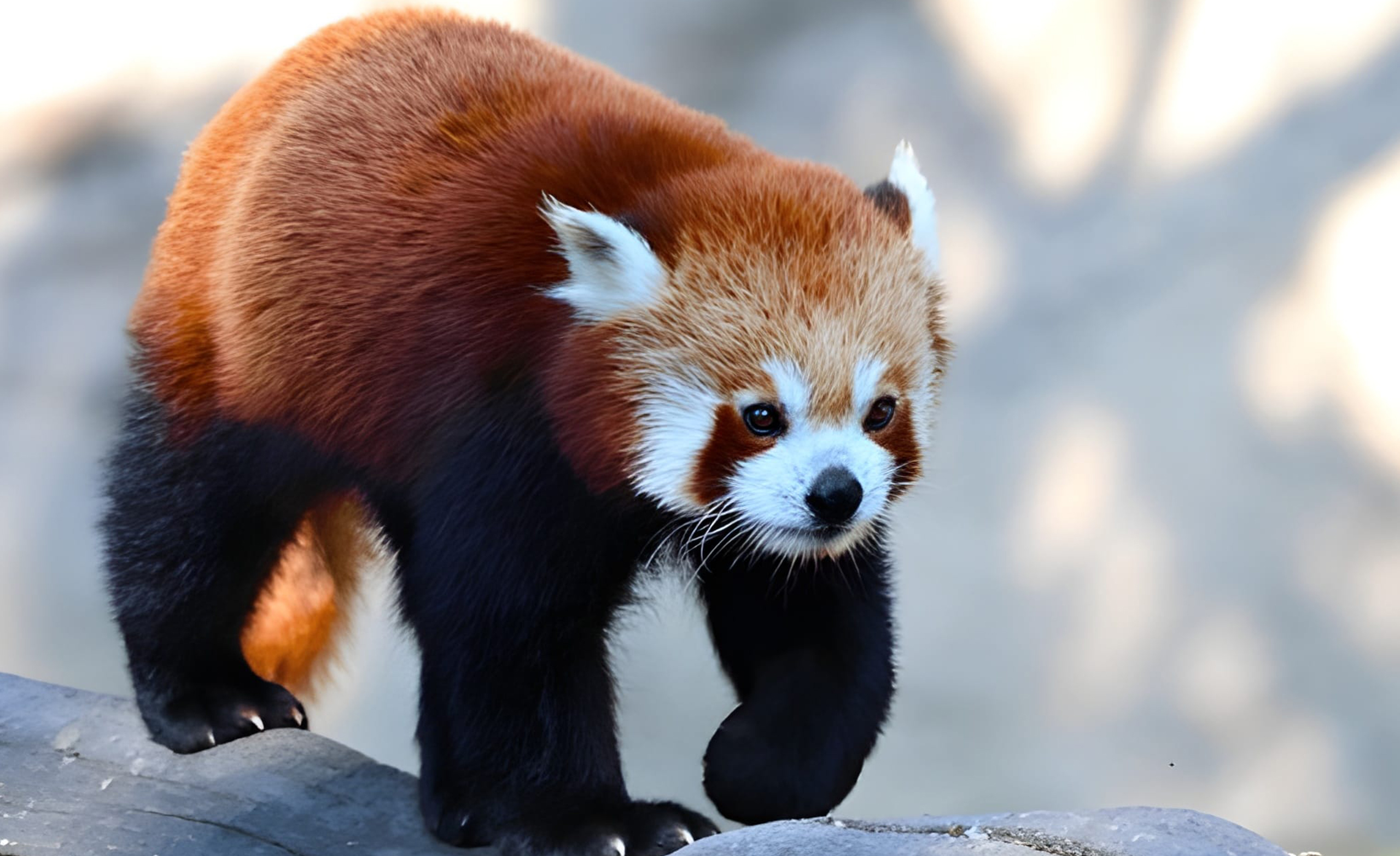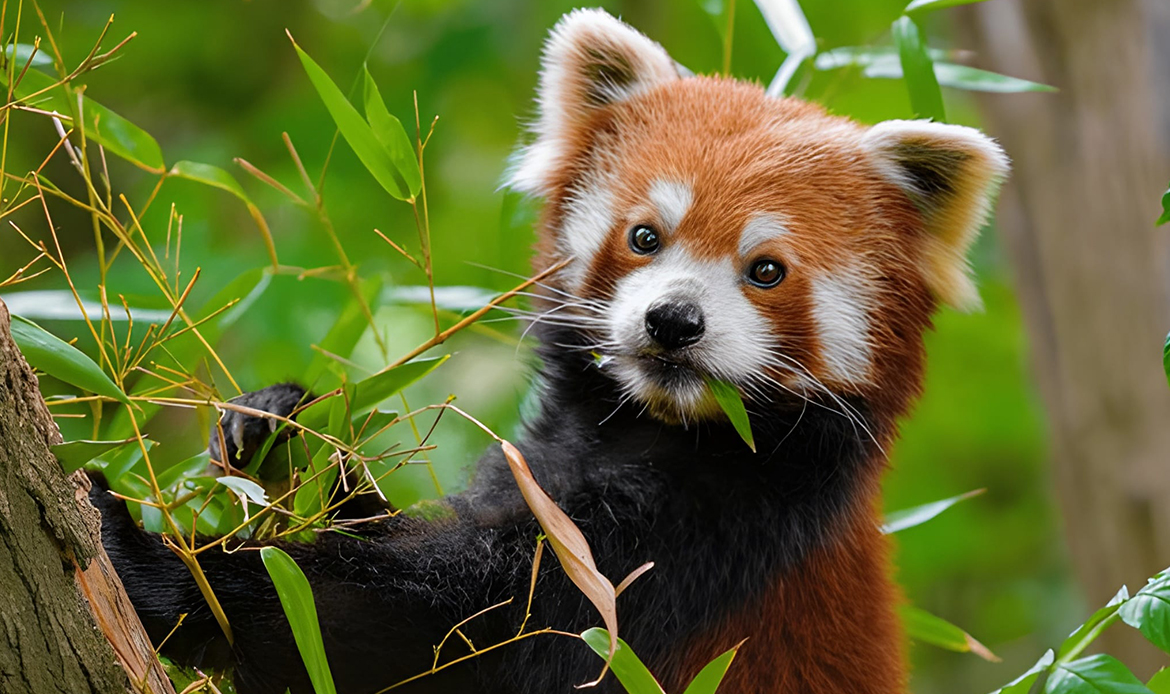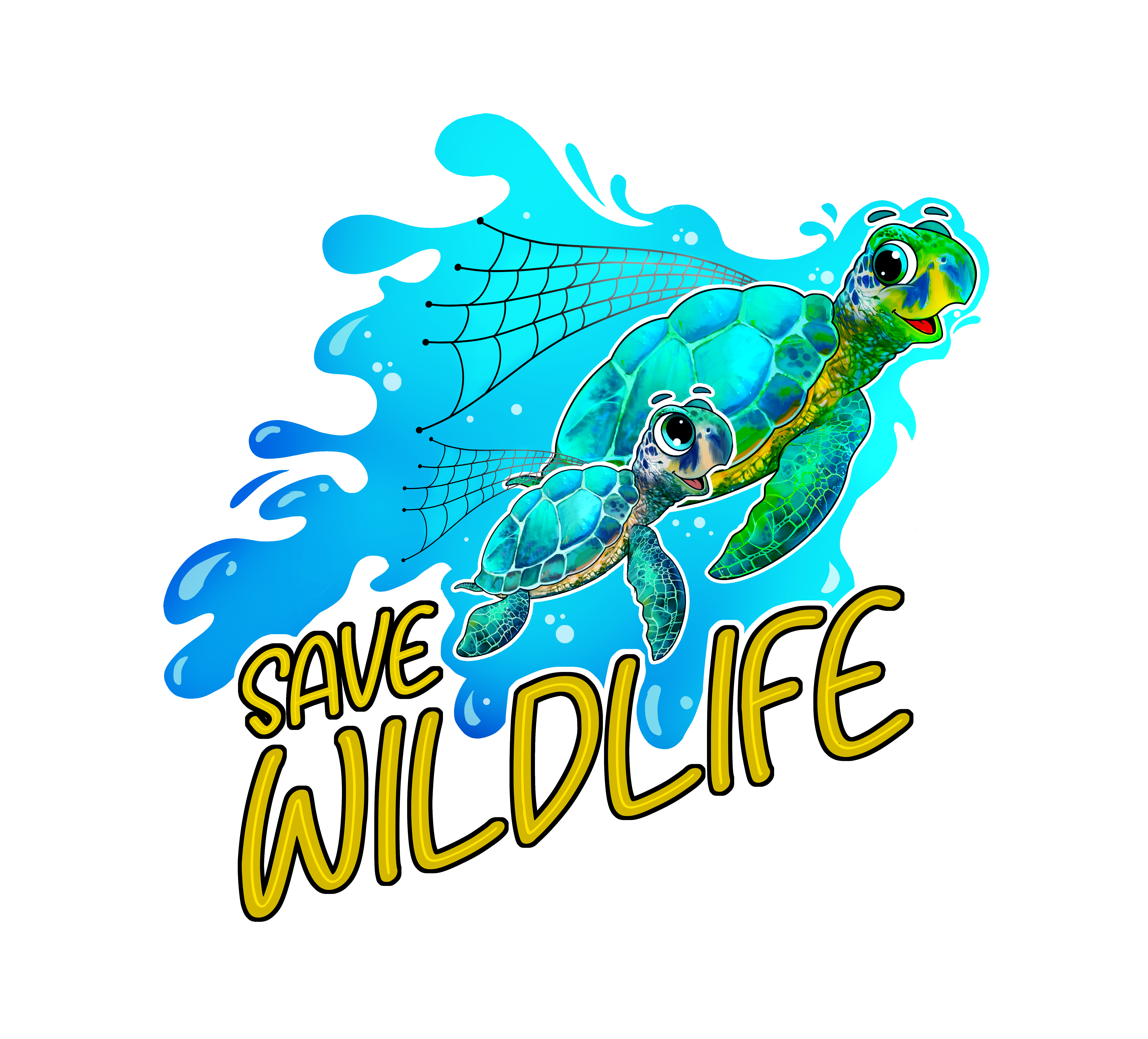
Save Endangered Animals in 2025: The Secret Life of the Red Panda in the Himalayas
Often referred to as “the happiest animal on the planet,” there is a very good reason that the joyful Quokka is called this. With its friendly nature and smile, this tiny marsupial has stolen hearts around the world. Yet, underneath the Quokka’s charm, there is a serious threat and it is critical to help save endangered animals like Quokkas. The Quokka’s story signifies the urgent need to help save wildlife, raise animal extinction awareness by educating the public and protect wildlife habitats before it is too late. The Quokka will serve as a part of the conversation of endangered animals 2025 and show that the happiest faces are not spared from the impact of humanity.
Table of Contents
Meet the Quokka
Quokkas, small and nocturnal marsupials, are native to a handful of islands off the coast of Western Australia, including Rottnest Island, one of the best-known sanctuaries. As herbivores, they focus on feeding on various leaves, grasses, and bark, subtly filling an important part of their ecosystem. Their small size, slow-moving body, and friendly behaviours all contribute to their susceptibility as a prey species and to being vulnerable to ecosystem shifts.
Conservationists point out that connecting people, especially children, to animals such as the Quokka, is a step in the right direction to help save wildlife. Every single Quokka is inherently a part of a delicate ecosystem, and to lose them would not be good for the climate or the future of biodiversity, even if it is infinitesimally small! If we can all help raise animal extinction awareness, focusing on some of these unique species, it guarantees that more people will understand that action needs to happen.
Why Quokkas Are at Risk?
Quokkas deal with several sources of threat and most of these threats arise from people or human activity. The greatest threat is habitat degradation. Coastal development, forest clearing and changes in vegetation patterns have all contributed to the loss of areas where Quokkas can feed and shelter. Protecting Quokkas reinforces the need to protect wildlife more generally and especially wildlife inhabiting sensitive environments.
Predation is another factor. While Quokkas evolved in places like Rottnest Island without large predators, introduced species such as foxes and feral cats are placing pressure on unprotected Quokka populations. Poaching and disturbance from the public also add another layer of threat, which speaks to the increased need for animal extinction awareness campaigns. Awareness of these threats can be more effective than being silent on the issue because it can help change the behaviour and attitude of the public to help save wildlife.
The Role of Quokkas in the Ecosystem
Despite its diminutive and harmless nature, the humble Quokka is an important part of its ecological system. Their grazing impacts plant communities’ processes, seed dispersal and ultimately, healthy vegetation. Protecting Quokkas helps protect other members of an ecosystem and reinforces the need to protect wildlife more expansively.
Saving Quokkas is not just about saving a species; it is about maintaining balance within ecosystems. If we do not take action to save endangered animals like the Quokka, we run the risk of consequences that are wider; this includes insects, plants, and down to soil quality and chemistry. The existence of the Quokka is a signal of the importance of all species, which is why animal extinction awareness must remain a priority.
Quokkas and Endangered Animals 2025
As one of many endangered animals 2025, Quokkas exemplify the need for conservation. The Quokka’s precariousness reflects a much larger disability facing wildlife around the world. Climate change, habitat loss, and human pressures that Quokkas are experiencing; many other species are facing as well. By examining Quokkas, we can extend it to help save wildlife in general.
Campaigns featuring Quokkas as one of many endangered animals 2025, are critical to raising global awareness and encouraging support to take action. Every time a person engages with the Quokka’s story, it generates momentum to spur deeper policies and behaviours for conservation and wildlife protection.

How You Can Help Save Wildlife
Everyone can take steps to make a difference:
- Support conservation organizations: Many nonprofits work directly with Quokka habitats to reduce human impact and control invasive predators. Your contributions help protect wildlife.
- Spread awareness: Share stories about Quokkas to promote animal extinction awareness. Awareness is the first step toward change.
- Practice responsible tourism: Avoid disturbing Quokkas or their habitat. Respecting wildlife helps save endangered animals.
- Advocate for stronger policies: Supporting laws that limit habitat destruction and poaching is crucial to help save wildlife.
- Volunteer locally or globally: Even small actions in community conservation efforts contribute to the larger mission to protect wildlife.
By taking these steps, each person contributes to the survival of Quokkas and other threatened species, reinforcing why we must save endangered animals before it’s too late.
The Unique Charm of the Quokka
Quokkas are not only well recognized for their smiles, but they also serve as a model of resilience. The fact that they can survive in small, isolated populations reminds us how delicate ecosystems can be. Protecting the Quokka emphasizes the value of biodiversity and why we should help save wildlife.
The Quokka, like all wildlife, also represents a call to action for animal extinction awareness through human activity. When individuals understand how their actions have an impact on a species like the Quokka, they tend to have greater motivation to support conservation and actions to protect wildlife around the world.
Last Words of Encouragement
The Quokka is more than an “smiling animal’’, it shows that existence is fragile and transient. That is to say that if we act to spread animal extinction awareness and support conservation, we can help save wildlife and save endangered animals like the Quokka. Every individual effort counts and contributes to a time when the Quokka continues to bring a smile to the world. Protecting this unique animal assures that these endangered animals 2025 continue to have a place in the world story, and show future generations the importance of valuing & caring for animals and wildlife.
FAQ Section
Q1: Why are Quokkas endangered?
Quokkas are endangered due to habitat destruction, predation from invasive species, and human disturbances. They are a key focus among endangered animals 2025.
Q2: What role do Quokkas play in their ecosystem?
By feeding on vegetation and dispersing seeds, Quokkas help maintain plant health and ecological balance. Protecting them is vital to protect wildlife overall.
Q3: How can individuals help save wildlife like Quokkas?
Supporting nonprofits, responsible tourism, advocacy, and spreading animal extinction awareness are all ways to help save wildlife.
Q4: Which other endangered animals 2025 face similar threats?
Many species, including the vaquita, Amur leopard, and pangolin, experience pressures similar to Quokkas, reinforcing the need to save endangered animals globally.
Q5: Why is public awareness important for Quokka conservation?
Raising awareness promotes responsible behaviour and funding for conservation, helping save endangered animals and protect wildlife before it’s too late.
